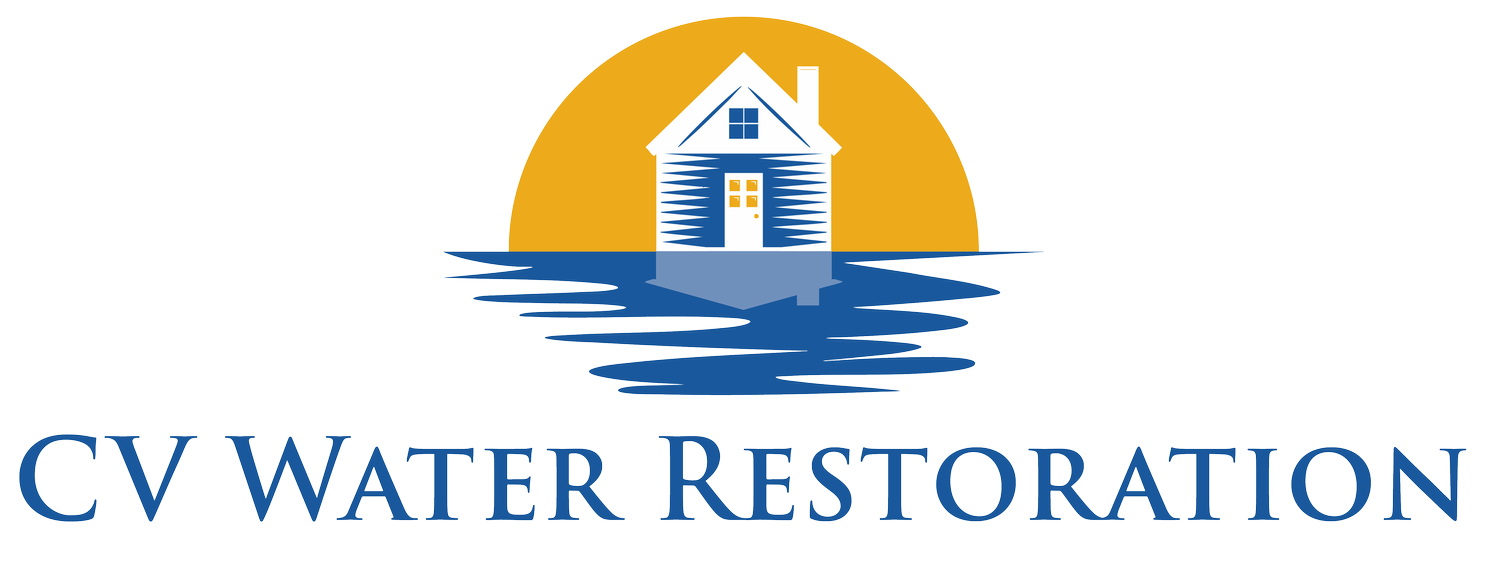The Complete Guide to Professional Mold Remediation Process
Professional mold remediation is a complex, multi-step process that goes far beyond simply cleaning visible mold. Understanding what happens during professional mold removal can help homeowners make informed decisions, know what to expect, and ensure they're working with qualified professionals who follow industry standards. This comprehensive guide walks you through each stage of the professional mold remediation process.
Initial Assessment and Inspection
The remediation process begins with a thorough inspection by certified mold professionals. This involves visual examination of all potentially affected areas, moisture mapping using specialized equipment, and air quality testing to determine the extent of contamination. Professionals use thermal imaging cameras, moisture meters, and other diagnostic tools to identify hidden mold and moisture sources that aren't visible to the naked eye.
Containment: Preventing Cross-Contamination
Before any mold removal begins, professionals establish containment barriers to prevent spores from spreading to unaffected areas. This involves sealing off the work area with plastic sheeting, creating negative air pressure using specialized fans and HEPA filtration systems, and establishing decontamination chambers for workers entering and exiting the contained area.
Air Filtration and Spore Control
High-efficiency particulate air (HEPA) filtration systems run continuously during the remediation process to capture airborne mold spores. These industrial-grade systems can filter particles as small as 0.3 microns, effectively removing mold spores from the air and preventing them from settling in clean areas of the home.
Personal Protective Equipment (PPE)
Professional remediation teams wear comprehensive protective equipment including full-face respirators with P100 filters, disposable protective suits, gloves, and boot covers. This equipment protects workers from mold exposure and prevents contamination from being carried to other areas. All PPE is properly disposed of at the end of each work session.
Mold Removal and Cleaning
The actual removal process varies depending on the materials affected. Non-porous materials like metal and glass can often be cleaned and disinfected. Porous materials like drywall, insulation, and carpeting that are heavily contaminated typically require removal and disposal. Semi-porous materials may be salvageable depending on the extent of contamination and the type of mold present.
HVAC System Cleaning
If mold has contaminated heating, ventilation, and air conditioning systems, specialized cleaning procedures are required. This includes shutting down the system, cleaning all components including ductwork, coils, and drain pans, and replacing filters. In severe cases, sections of ductwork may need to be removed and replaced.
Antimicrobial Treatment
After physical removal, affected areas are treated with EPA-approved antimicrobial agents to kill any remaining mold spores and prevent regrowth. Different antimicrobials are used for different surfaces and mold types. These treatments are applied using specialized spraying equipment to ensure complete coverage.
Drying and Dehumidification
Addressing the moisture source is crucial for preventing mold recurrence. Professional-grade dehumidifiers and air movers are used to thoroughly dry all affected materials and bring humidity levels below 50%. This process may take several days depending on the extent of water damage and environmental conditions.
Post-Remediation Verification
Once the active remediation is complete, independent testing is conducted to verify that mold levels have returned to normal. This includes air sampling, surface sampling, and visual inspection to ensure all mold has been successfully removed. Only after clearance testing confirms success is the containment removed.
Reconstruction and Restoration
Materials that were removed during the remediation process need to be replaced. This reconstruction phase involves installing new drywall, insulation, flooring, and other materials as needed. Many professional mold remediation companies also provide reconstruction services, ensuring continuity of care throughout the entire process.
Documentation and Reporting
Professional remediation includes comprehensive documentation of the entire process. This includes pre-remediation assessment reports, photos of affected areas, details of work performed, air quality test results, and post-remediation verification. This documentation is crucial for insurance claims and provides proof that the work was completed properly.
Quality Assurance and Warranties
Reputable mold remediation companies stand behind their work with warranties and quality assurance programs. This may include follow-up inspections, guarantees against mold recurrence, and ongoing support. Understanding what warranties are offered can provide peace of mind and protection for your investment.
Timeline and Duration
The timeline for professional mold remediation varies depending on the extent of contamination, size of affected areas, and complexity of the work required. Small projects may take 2-3 days, while extensive remediation can take weeks. Factors affecting timeline include drying time, clearance testing requirements, and reconstruction needs.
Cost Factors and Insurance
Professional mold remediation costs vary based on the size of affected areas, type of materials involved, extent of damage, and geographic location. Many homeowner's insurance policies cover mold remediation if it results from a covered water damage event. Working with professionals who understand insurance requirements can help maximize coverage.
Choosing Qualified Professionals
Not all mold remediation companies are created equal. Look for companies with proper licensing, insurance, and certifications from organizations like the IICRC (Institute of Inspection, Cleaning and Restoration Certification). Ask about their experience, request references, and ensure they follow EPA and industry guidelines for mold remediation.
Post-Remediation Maintenance
Even after successful professional remediation, ongoing maintenance is important to prevent future mold problems. This includes controlling humidity levels, promptly addressing water leaks, maintaining proper ventilation, and conducting periodic inspections of previously affected areas.
Conclusion
Professional mold remediation is a comprehensive process that requires specialized knowledge, equipment, and techniques to be effective. Understanding each step of the process helps homeowners make informed decisions and ensures they receive quality service that truly solves their mold problems. While the process may seem complex, working with qualified professionals provides the expertise and assurance needed to protect your home and family from the dangers of mold contamination.
